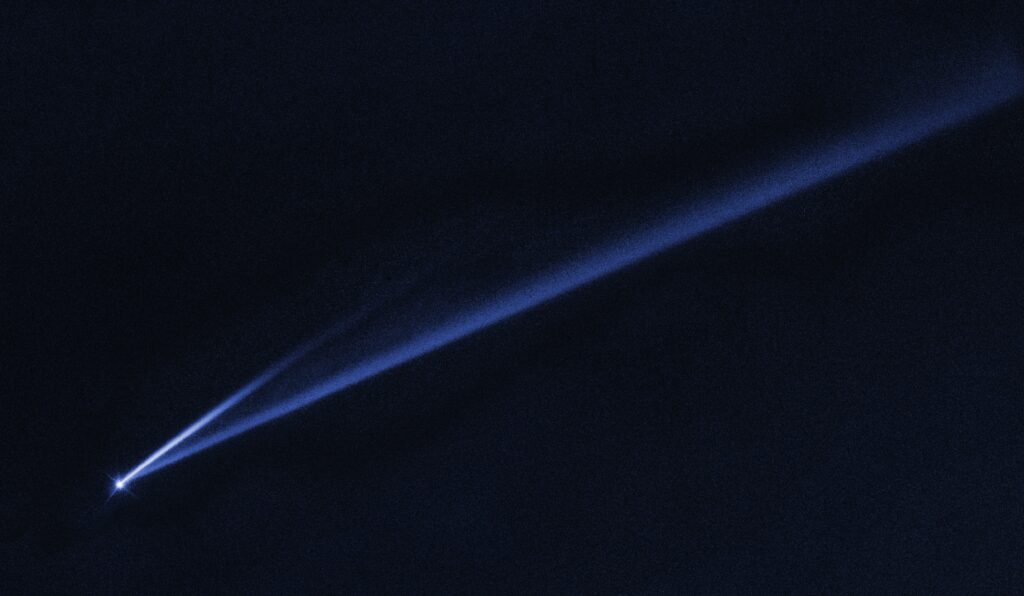China’s space agency launched the Tianwen-2 spacecraft early Thursday from southern China. Using a Long March 3-B rocket, the mission aims to collect samples from asteroid 2016HO3 and study comet 311P. The China National Space Administration (CNSA) confirmed that Tianwen-2’s goals include important scientific breakthroughs related to the origins of Earth and water. The spacecraft will travel near Mars, targeting stable celestial bodies for detailed study. It is expected to return with asteroid samples in about two years.
Shan Zhongde, head of CNSA, described the mission as a milestone for China’s interplanetary exploration program.
China’s space efforts now extend beyond the moon, following successful missions that retrieved rock samples from the moon’s far side. These achievements show rapid progress in China’s space technology and its growing ambitions. Although China invites international partners, collaboration with the United States remains blocked. Current U.S. law prohibits NASA from cooperating directly with Chinese space authorities.
The moon’s far side, facing away from Earth, is difficult to reach due to its location and rough terrain. Now, Chinese missions aim farther into the solar system, targeting asteroids and comets to expand scientific knowledge and claim leadership in space research.
China’s growing space program is led by the People’s Liberation Army, which oversees many key projects. Over 20 years ago, China became the third country to independently send humans into orbit. Since then, it has landed a rover on the moon’s far side and sent a probe to Mars. China’s Tiangong space station supports a three-person crew and ongoing orbital research. The country built Tiangong alone after being excluded from the International Space Station because of U.S. restrictions.
Looking ahead, China plans to land astronauts on the moon before 2030 and is preparing for a future mission to Jupiter, Tianwen-4, though details have yet to be revealed.
